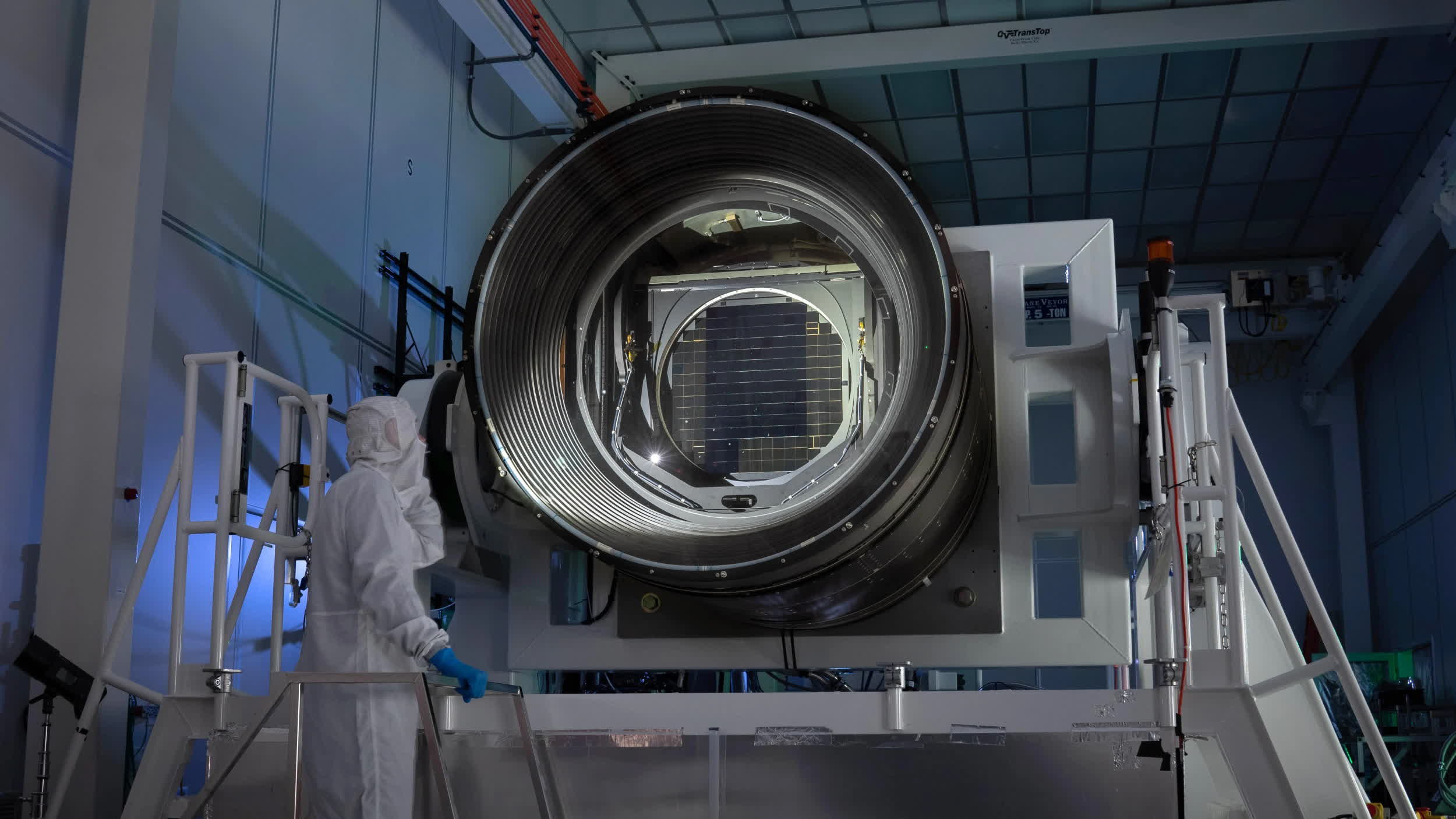What just happened? Researchers at the SLAC National Accelerator Laboratory have spent the last 20 years constructing the Legacy Survey of Space and Time (LSST) Camera. The 3,200-megapixel observatory will soon be transported to Chile, where it will begin capturing continuous shots of the southern sky, marking one of the most comprehensive observations of the universe ever conducted.

The groundbreaking device, the largest digital camera ever built for astronomical observations, serves as the primary component of the Vera C. Rubin Observatory, currently under construction in the Atacama Desert, Chile. Upon its completion, the observatory, situated at a high altitude of 2,663 meters, will scrutinize the sky, aiming to create what University of Washington professor Zeljko Ivezic describes as the "greatest movie of all time."
The LSST project, a 10-year observation program, seeks to compile the most comprehensive map of the night sky ever assembled. Once installed, the camera will utilize its massive 5.1-foot-wide optical lens to capture a 15-second exposure of the southern sky every 20 seconds.
Capable of observing the sky across various wavelengths, from near-ultraviolet to near-infrared, the camera will generate "time-lapse" images of the cosmos, producing approximately 15 terabytes of data per night. This accumulation amounts to a staggering 60 petabytes of digital data over the entire duration of the LSST survey.
According to SLAC, the LSST survey is designed to "dramatically advance" our current knowledge of the universe. The Vera Rubin Observatory camera will assist scientists in studying dark matter, which constitutes around 27 percent of the universe, and will map in "extraordinary detail" how dark energy influences the expansion of the universe.
Data collected through LSST will provide new insights into the composition of the universe, examining both ordinary matter (which accounts for approximately five percent of the universe) and the remaining components that are currently beyond our detection capabilities (dark matter, dark energy). LSST will conduct detailed observations of both our cosmic vicinity (the solar system, the Milky Way) and distant transient events that are still unidentified.
As a ground-based observation project, the LSST survey will have to contend with the growing issue of satellite constellations emerging in Earth's atmosphere. Researchers anticipate that satellites will likely pose a "significant nuisance," with their increasing number and brightness potentially exerting a greater negative impact on the program.
Mapping the cosmos: 3.2 gigapixel camera to scan southern sky for a decade